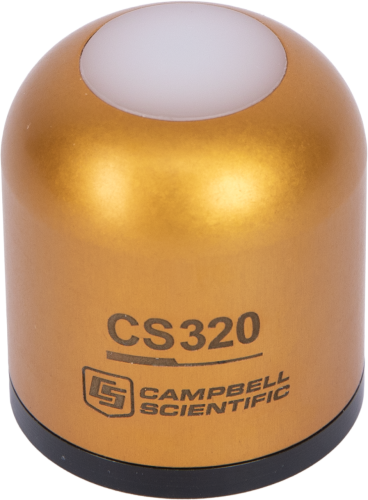Cómo podemos ayudarle
Consulte algunos excelentes ejemplos de lo que nuestros equipos pueden hacer en este área
Sistema a medida
Además de nuestros sistemas estándar, muchos de los sistemas que comercializamos son personalizables y adaptables a sus necesidades. Díganos que necesita y le ayudamos a configurar el sistema de medida que se ajuste a sus necesidades.
Categorías de Producto relacionadas
Más detalles acerca de nuestro Utilities and Energy Sistemas
Measurement and Control
Our dataloggers can be used for many different purposes. They can make and record measurements, control electrical devices, or both. Their multifaceted capabilities include functioning as PLCs or RTUs. They have many different channel types, allowing nearly all sensor types to be measured on a single unit. For example, one datalogger can measure voltage, solar radiation, temperature, and gas flow, while controlling a number of peripheral devices. Channel types include analog (single-ended and differential), pulse, switched excitation, and digital. Not only are there multiple types of input channels, but each of these channels can be independently programmed for various sensor types. Most sensors connect directly to the datalogger, eliminating the need for external signal conditioning. Multiplexers and other peripherals can be used with most of our dataloggers to increase the numbers and types of channels.
The ability of our dataloggers to perform advanced control functions is a great advantage. Powerful on-board instruction sets allow unattended measurement and control decisions based on time or conditional events. Using these instruction sets, dataloggers can be programmed to perform multiple control functions based on different scenarios. For example, alarms can be triggered, phone numbers dialed, or equipment shut down if the system detects an equipment failure—all without human intervention.
The reliability of our systems ensures the collection of data, even under adverse conditions. Wide operating temperature ranges and weather-proof enclosures allow our systems to operate reliably in harsh environments. Because they have their own power supply (batteries, solar panels), our dataloggers continue to measure and store data and perform control during power outages. Up to 2 million data points can be stored in the datalogger’s non-volatile memory, while storage modules can be used to increase data storage to tens of millions of points. Data is time- and date-stamped to provide key information for identifying and analyzing past events.
Sensors
Almost any sensor can be measured by our dataloggers, allowing the system to be customized for each application. Typical sensors include, but are not limited to: temperature (air, water, equipment, and product), solar radiation, flow (gas and liquid), wind speed and direction, liquid level, electrical current, resistance, power, and voltage.
Communications
The availability of multiple communications options for transmitting data or reporting site conditions also allows our systems to be customized to meet exact needs. Options include: radio, telephone, cellphone, voice-synthesized phone, satellite, and ethernet. As mentioned, systems can be programmed to send alarms or report site conditions by calling out to computers, phones, radios, and pagers.
Documentos
Folletos producto
Casos de aplicación
La Réunion accueille la seule Écocité ultramarine, insulaire et tropicale. Ce projet, porté par les......leer más
Historically, the South African energy sector had been monopolized by a single state-owned utility company......leer más
Marine hydrokinetic energy power generation is an emerging sector in the renewable energy portfolio. Hydrokinetic......leer más
Artículos y notas de prensa
Artículos boletín
Privacy Policy Update
We've updated our privacy policy. Learn More
Cookie Consent
Update your cookie preferences. Update Cookie Preferences




